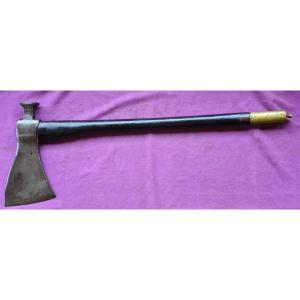The dimensions of the object, which are massive, have nothing to do with those of the lighter models that we will find during the Restoration period, or under the July Monarchy, which was looking for signs of highness in the recent napoleonic past. The sapper axes of the National Guard, then those of the second Imperial Guard of Napoleon III are also smaller and lighter, and therefore cannot be confused with the axes that equipped the Sappers of the Emperor's Guard. So here we are indeed on an axe from the first Imperial Guard.
The iron head of the axe has the characteristic shape of the model, opposite the cutting edge, we find a sort of raised flat part, like a small anvil that does not yet exist on the axes dating from the consulate period.
The stock is made of blackened wood. On the iron side of the axe, the stock is closed by a screwed brass plate. On the opposite side, it is covered by a brass socket that ends in a tassel. This tassel is very slightly twisted, which indicates that this axe was worn. The socket is attached to the handle by a lateral nail in accordance with the drawings of the Aries.
Width of the edge = 16.5cm Height of edge-heel = 33 cm Length of the handle alone, 81.7 cm weight 3.290 kgs The sappers of the Imperial Guard, which are an engineering unit attached to the Guard, were created by a decree of July 16, 1810. The number was 104 sappers in 1810, then 400 in 1813, and finally rose to 600 men in 1814. In 1812, the Guard Sappers, whose number was then 200 men, took part in the Russian campaign, following the Old Guard. Dissolved during the first Restoration, the sapper corps was recreated by the Emperor in 1815 during the 100 days, with a number of only 200 men.
This axe is a historical piece that evokes the imperial epic
Shipping costs for France €30 Europe €40, Outside Europe €90
Ref BX2Y-25/2-04
Oh, I forgot: “LONG LIVE THE EMPEROR!!”














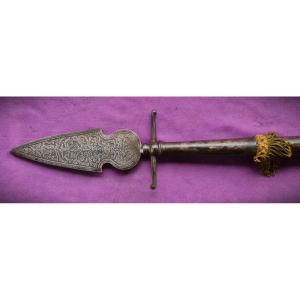


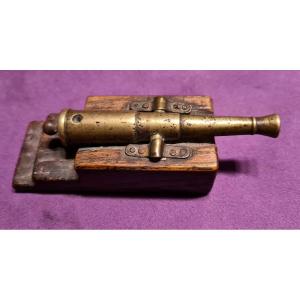


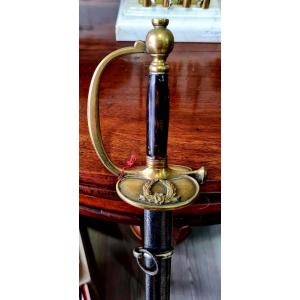
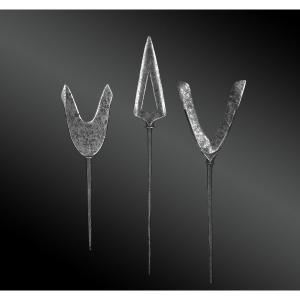
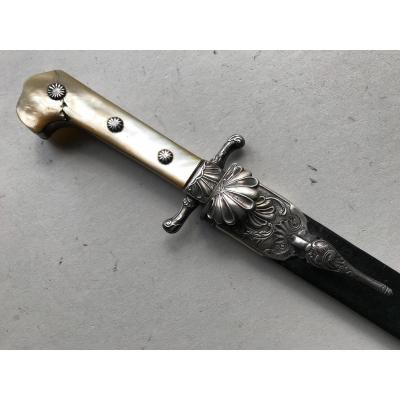

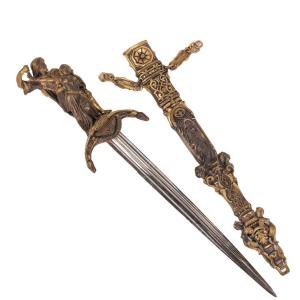




 Le Magazine de PROANTIC
Le Magazine de PROANTIC TRÉSORS Magazine
TRÉSORS Magazine Rivista Artiquariato
Rivista Artiquariato
